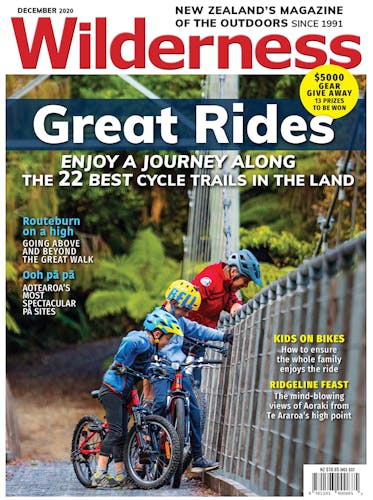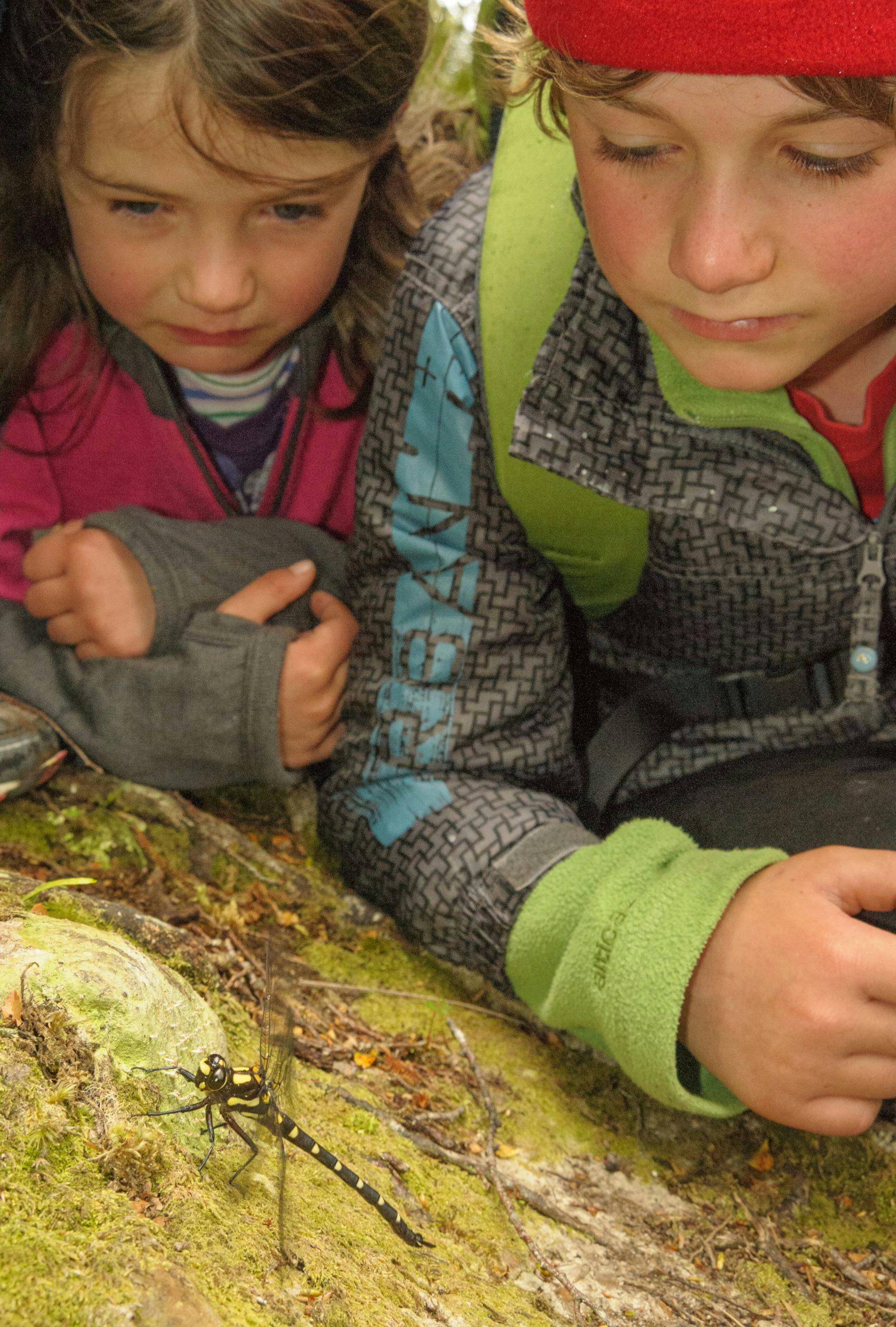We’re used to thinking of birds like the karearea or mammals like the stoat as super predators. Efficient killers with incredible senses that have no mercy when their prey comes within reach.
However, neither of these animals can match an insect with a 250-million year old lineage: the dragonfly.
Dragonflies are lethal hunters. Research has shown that these large, four-winged invertebrates, which prey on other insects, have a kill rate of more than 95 per cent. This astonishing fact makes more sense when you understand a little about the biology of these helicopter-like creatures.
Each of the dragonfly’s four wings can move independently, using its own set of muscles, enabling exceptional dexterity. Not only can the insect fly backwards or upside down, but it can change from full-speed to hover in a heartbeat. And full-speed for some species is close to 50km/hr.
Added to this speed and dexterity are amazing eyes: actually, the entire head of the dragonfly is covered in eyes, up to 30,000 of them, enabling it to see in all directions and also in both colour and ultraviolet. Their super eyesight is matched by a brain that can process a dazzling amount of information, meaning the dragonfly can gauge the position of its prey with pinpoint accuracy, and zone in with machine-like precision.
No wonder they are such lethal hunters.
Even though we have some impressively-sized giant dragonfly species in New Zealand, fortunately none are big enough to hunt humans. The bush giant dragonfly (Uropetala carovei) is the largest of 10 native species, with females measuring up to 95mm. For our second-largest species, the mountain giant dragonfly (Uropetala chiltoni), the males can reach 86mm.
Both are endemic to Aotearoa.
While the mountain giant dragonfly lives in the mountains and high country of the central and eastern South Island, the bush giant dragonfly occurs throughout the North Island, Nelson, Marlborough, the West Coast, central Otago and Fiordland. Summer and early autumn are the best months to spot dragonflies; anywhere there is standing water.
Here are five backcountry locations to see them.
1.Kauaeranga Valley, Coromandel Forest Park
Gateway to Coromandel Forest Park, the Kauaeranga Valley offers several campsites and plenty of tracks, including access to Pinnacles Hut and the popular 2-3 day Kauaeranga Kauri Trail.
2. Lake Rotopounamu, Tongariro National Park
Pretty Rotopounamu lies nestled in a bowl below Mt Pihanga, surrounded by magnificent forest. A 2-2.5hr walk circumnavigates the lake.
3. Cone Hut, Tararua Forest Park
Historic Cone Hut (built in 1946) makes an ideal destination for an overnight family tramp, with the chance to see dragonflies en route. Allow 2.5-3hr to reach the hut from the Waiohine Gorge road end.
4. Anti-Crow Hut, Arthur’s Pass National Park
As the Mountain giant dragonfly favours tussock and wetlands, the area around Anti-Crow Hut offers ideal habitat. The hut is reached after a 2-3hr tramp up the Waimakariri River from SH73.
5. Pororari Valley, Paparoa National Park
An excellent benched track leads up this limestone canyon, among lush West Coast vegetation, including kiekie and nīkau palms. Allow a leisurely hour each way.








